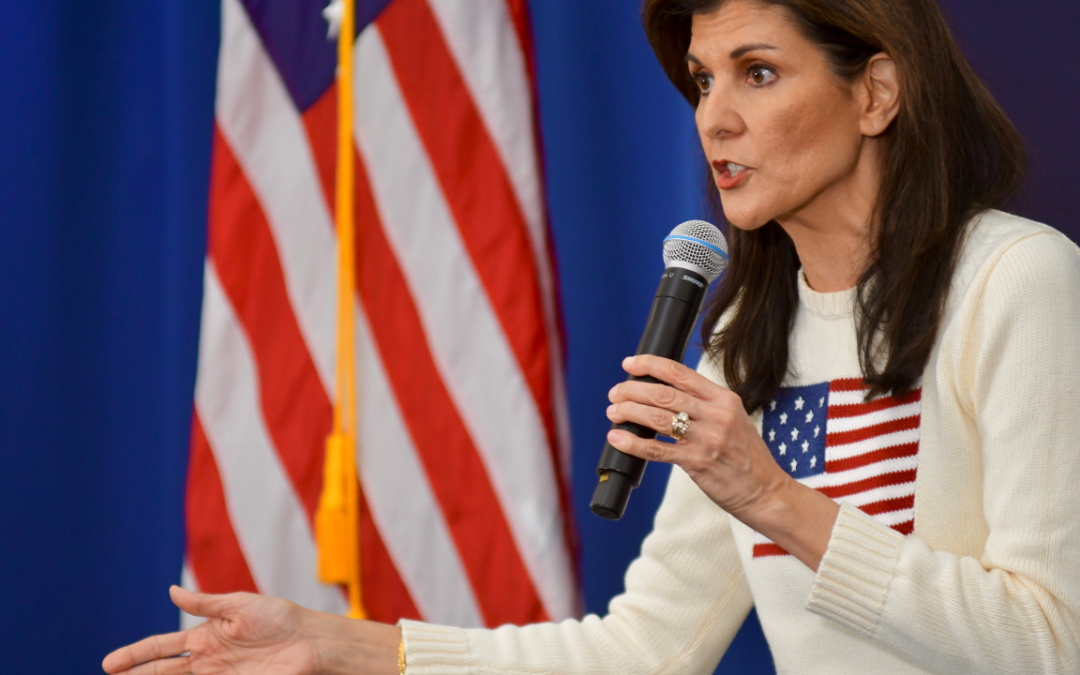These days, after a career in finance, I teach economics to university students. While my courses are devoted to principles, another key objective is to teach critical reasoning.
Facts and theories are learned of necessity, only to be forgotten out of neglect. But the ability to think, to analyze, and to appreciate different perspectives is miraculous. If nurtured, critical reasoning becomes the foundation of wisdom. Above all, wisdom is the embrace of complexity.
In my teaching, I suggest that we cannot think clearly unless we accept contradiction. I share with students the miracles and the failures of markets. I explain why free markets require the rule of law, and therefore cannot exist outside the bounds of government, which may limit their freedom. To paraphrase President Reagan, I proffer why government is both the problem and a necessity, simultaneously an obstacle and a solution. I propose that free markets are the single most important human invention to alleviate poverty, yet if left unchecked they also contribute vastly to human misery.
Which brings me to the mundane subject of power lines. Because power lines offer a teaching moment.
Here’s the background. Until a few years ago, my wife and I owned a home in Southport, Connecticut, a lovely coastal village with a fetching harbor leading to Long Island Sound. We eventually decamped for more bucolic surroundings to the north, but we still take interest in our old environs.
Southport is historical, quaint, feisty (its village assiduously keeps out retail chains), affluent, preservation-minded, and even a bit stodgy—in a New England sort of way.
It isn’t a place of protest.
Until, that is, the local utility company, United Illuminating (UI), proposed stringing high voltage lines more than 100 feet in the air through the village.
Suddenly, Southport erupted.
We can all appreciate why. High voltage power lines are an eyesore. They depress property values. They may even transmit health risks.
But is this just NIMBY-esque (not in my back yard) selfishness?
Without question, NIMBY-ism is in play. No reasonable person wants their property blighted by ugly and perhaps harmful power lines.
But more is going on than parochial self-interest. Power lines offer a great example about how economic needs and community interests sometimes collide. More importantly, they offer ways to think about how we can balance our needs for cheap power with our desires to preserve our property, our neighborhoods, and the environment from the harms of economic progress.
To begin, let’s accept that we need more cheap power. Population growth and rising living standards underpin higher demand for power. So does innovation, including for sources of electricity that wean us off carbon-emitting fuels. And insofar as electric power is a necessity—to heat, cool, and light our homes and places of work—we should aim to deliver it at reasonable cost to all. Power must also be delivered where it is needed, meaning via some network of electric lines.
But, as noted, stringing up power lines—especially high-voltage lines 100-plus feet in the air—is unsightly. And as much research shows, property values are depressed where high voltage lines are installed.
For instance, UK researchers have found that property values can be impaired by 10% for houses within one thousand feet of high-voltage power lines, and even properties more than a half mile distant could see valuation losses of over 3%. The median property value in Southport, CT in 2021 was just shy of $750,000, which suggests an average loss of value in the vicinity of power lines of about $75,000 per owner, but even nearly $30,000 for those a half mile away. If, on average, property values fall $50,000, then for every 100 properties, the drop in valuations would total $5 million.
The placement of power lines through private property typically requires an easement, which confers the right to cross or use someone’s property for some purpose. Yet according to the Fifth Amendment of the US Constitution, ‘private property shall (not) be taken for public use, without just compensation’.
Assuming—which I am warned is a legal thicket—that a utility company may be required to offer ‘just compensation’ for an easement to build power lines, a remedy theoretically exists.
Specifically, homeowners could be compensated by the utility for the loss of property values due to the erection of power lines on easement. Alternatively, the affected homeowners could compensate the public utility for the higher cost of burying the lines, and in doing so to avoid the loss of property values that would otherwise ensue by building overhead lines.
But is such trading of property rights (as envisioned by the economist Ronald Coase) a workable solution?
Perhaps not. After all, as noted, owners of adjacent and even more distant properties, whose property is not eased to the utility, can also be harmed by the construction of power lines. Yet, legally speaking, those more distant homeowners and businesses may not have recognized rights, and hence legal standing, to seek redress. The municipality is also potentially harmed, insofar as falling property values will erode assessed values and thus the tax base.
The preceding is a classic example of a negative externality—a cost imposed on third parties by economic activity. And, quite possibly, it cannot be solved by the application of property rights as envisioned in the US Constitution and established in case law.
That is why the issue of power lines is not merely one of ‘nimby-ism’. Genuine losses may occur. It is also a reason why if property rights are not clearly established, market solutions (e.g., the Coase Theorem) fail to provide socially efficient, much less equitable, outcomes.
Finally, it is important to recognize the separate issue of who bears the cost for compensating affected property owners or for the added expense of burying powerlines.
Many readers might think the costs should be borne by the utility company, in this case United Illuminating. After all, UI wants to build the power lines and presumably will profit from the greater volume of electricity delivered to their paying customers.
But such thinking ignores the fact that the power company is incentivized by its stakeholders—its owners, employees, and its regulator—to supply power as cheaply as possible. Shareholders, for example, would like to maximize the return on their investment (subject to regulatory restrictions as a natural monopoly). Employees are interested in the financial health of the company for their continued employment. And regulators must offer end users access to reliable power at low cost.
Accordingly, it is likely that some (if not all) of the costs to compensate Southport property owners for lost property values, or for the added expense of burying the lines, will be passed on. Electricity surcharges, for example, could be imposed on all UI customers, meaning that utility customers far from Southport will subsidize the affluent residents of Southport, with all that implies.
Alternatively, local surcharges could be imposed, effectively meaning that the benefit to Southport residents of burying the power lines will be amortized by them over time. While that might seem appropriate, it is worth noting that the high-voltage lines won’t merely provide power to Southport. The implication is that Southport residents would be subsidizing downstream utility users to avoid the harm done to their properties. That, too, might strike some as unfair.
So, what do power lines tell us about economics and community?
First, easy solutions to externalities are often elusive, but not for the reasons commonly believed.
Second, genuine understanding requires an appreciation of complexity.
Finding solutions to power transmission is difficult. But contrary to much conventional wisdom that is not because of nefarious actors. The challenge is not posed by ‘evil utilities’ bent on profits. Nor is it due to selfish homeowners, who want to gobble up cheap electricity while avoiding its true costs.
No, incivility is not the crux of the problem. Rather, the challenge can only be understood with an acceptance of a fundamental complexity—namely, the fact that our economic, communal, and political selves are intertwined. If life were only as simple as Adam Smith postulated in a world of independent, atomistic agents readily engaged in self-interest, then the invisible hand would happily foster the common good.
But things are messier. Our lives and actions are interdependent. Externalities happen.
That means that easy answers are mostly wrong. We blame bad people for bad outcomes when, instead, those sub-optimal outcomes are inherent in a world where interdependence is the norm. If we do not recognize complexity, then we are too quick to blame, too unwilling to negotiate, coordinate, and cooperate.
We can do better.
Power lines may be mundane. Until they are not. And in their own peculiar way, they offer useful lessons for understanding the unavoidable, yet fascinating, complexity that surrounds us.



